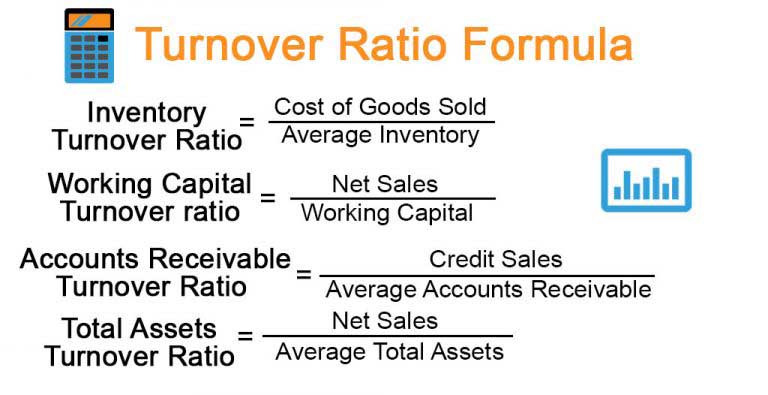

This is an important ratio for the creditors because it helps determine whether they can extend the line of credit to the company. If the company is paying its suppliers quickly, it can show that either the company is taking advantage of early payment discounts offered by suppliers or the suppliers are demanding fast payments. When this turnover ratio reduces from one period to another, it shows the company is paying its suppliers slowly and might be an indicator of worsening financial conditions. It's a leading financial and efficiency ratio that helps assess a company's ability to manage its cash flows and pay its trade credit accounts. The accounts payable turnover ratio measures how quickly a business can repay money to its suppliers and creditors. What is the accounts payable turnover ratio?
#Ap turnover formula in days how to
In this article, we explain what the AP turnover ratio is, review what it indicates, provide a list of steps you can take to learn how to calculate the AP turnover ratio, explain how it differs from the accounts receivable (AR) turnover ratio, and provide an example. Learning the definition and what this ratio shows can help you better manage a business and contribute to organizational improvements.

One such metric that an accounts payable (AP) employee calculates, monitors, and tracks is the accounts payable turnover ratio. An accounting professional uses various financial metrics to understand the financial health of a company.


 0 kommentar(er)
0 kommentar(er)
